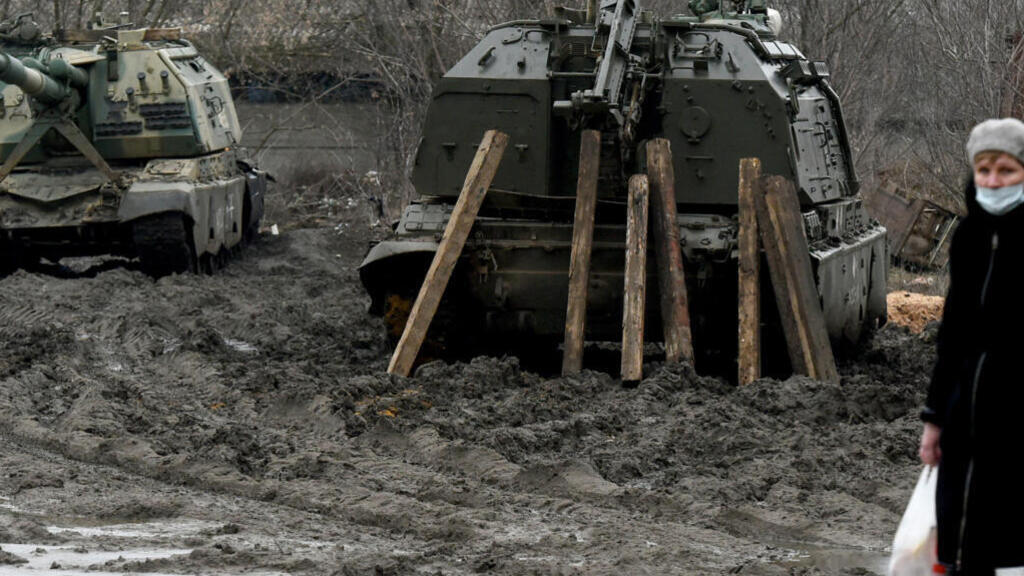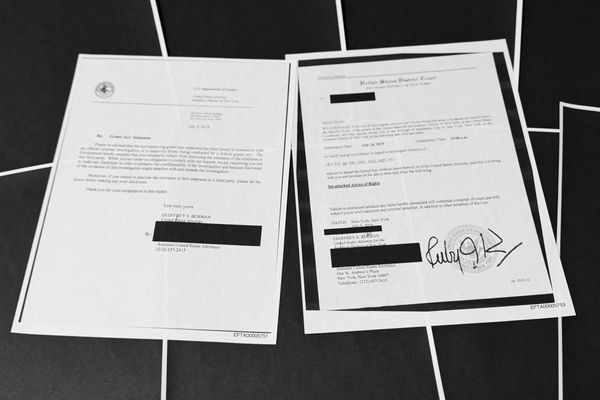
On 26 February, 2022, two days after Russia invaded Ukraine, the Ukrainians flooded the plains around the Irpin River to slow down the advance of Russian troops towards Kyiv. Images of Russian tanks submerged in mud and water were seen around the world. Today, a group of scientists is proposing to restore wetlands in order to strengthen the European Union's defences.
The strategic use of peat bogs, marshes and floodplains in warfare has a long history. As early as the 16th and 17th centuries, the Dutch destroyed their dykes to repel Spanish and French invaders.
In 2025, as EU countries scramble to strengthen their defence capabilities in the face of the Russian threat, a group of German, Ukrainian and Polish scientists believe that restoring the continent's eastern wetlands could be part of the solution. In a document addressed to EU member states, the researchers posit that by restoring them, Europe could kill three birds with one stone.
"Firstly, it would strengthen our defences, as peatlands are very difficult to access," explains Hans Joosten, professor emeritus of peatland science at the University of Greifswald and the initiator of the project.
"Secondly, it's good for the climate. Dried-out peatlands are huge CO2 emitters, and we need to restore them in order to comply with the Paris Agreement targets.
"And thirdly, it would be very beneficial for biodiversity, as the species that live there are all endangered. And it would fit perfectly with the European law on nature restoration."
Russia and Belarus war games fuel European fears over Ukraine conflict
'Natural barriers'
Among wetlands, peatlands in particular have several advantages.
They produce more biomass than they degrade, and the result is "the formation of organic layers that we call peat," explained Joosten. "These peat layers are preserved as long as the bog remains wet. And it stores large amounts of CO2, up to 10 tonnes per year per hectare."
"But for agricultural and forestry reasons, many marshes have been drained over the last few centuries," he added. "This leads to massive CO2 emissions that would otherwise be stored in the peat bogs. But if the marshes are rewetted, these CO2 emissions cease immediately."
Von der Leyen urges Europe to fight for 'independence moment'
The peatlands which Joosten and his colleagues are focused on stretch along the eastern borders of Europe, from Finland through Estonia, Latvia, Lithuania and Poland to Romania, as well as eastern Germany.
"In Europe, we have millions of hectares of peat bogs. Many national borders are located in peat bogs. As they are difficult to access, they have always been natural barriers. This is an international phenomenon," said Joosten.
Obstacles
The research group also insists that once restored, these peatlands could complement the EU's future defence strategy.
"Instead of laying minefields, it is better to restore peatlands," said Joosten. "A living peat bog is 95 percent water. It is impossible to drive heavy vehicles such as tanks or lorries on it. In Lithuania, an American tank got stuck in a peat bog and couldn't get out. Its occupants died. So peat bogs make any rapid attack impossible."
It's an idea that appears to be gaining ground. The Polish army has commissioned a plan to "use the natural environment as a border security measure". And for the German army, "wetlands are an important factor in the planning of operational barriers".
Poland calls emergency UN meeting over drone raid blamed on Russia
However, the plan is not without obstacles. Peatlands have been drained over the centuries to make them suitable for cultivation. To restore them, their owners would have to be compensated and viable economic alternatives offered.
And once the decision to restore them has been made, it will take two years for the peatlands to return to their original natural state.
This article was adapted from the original version in French.







